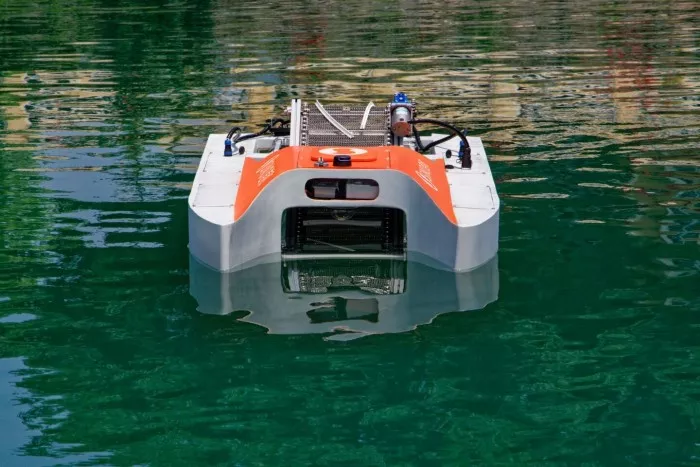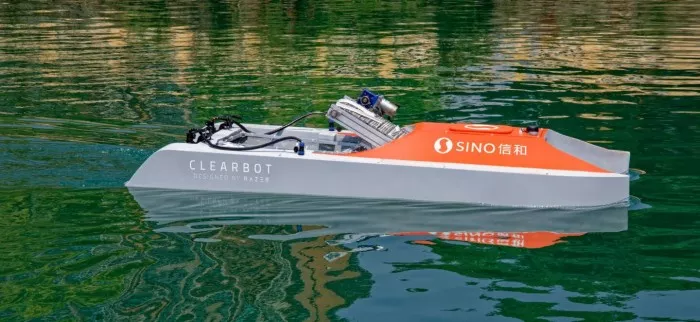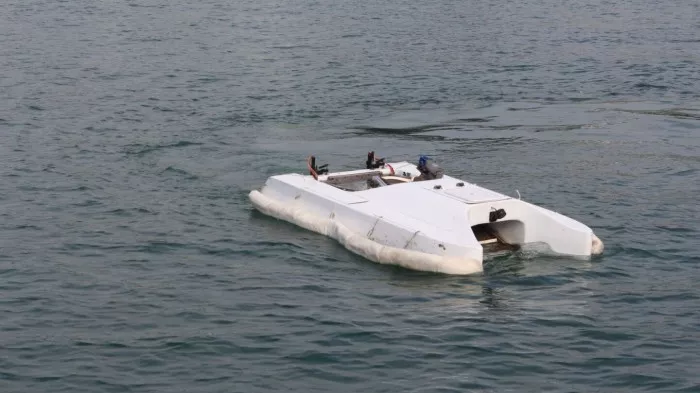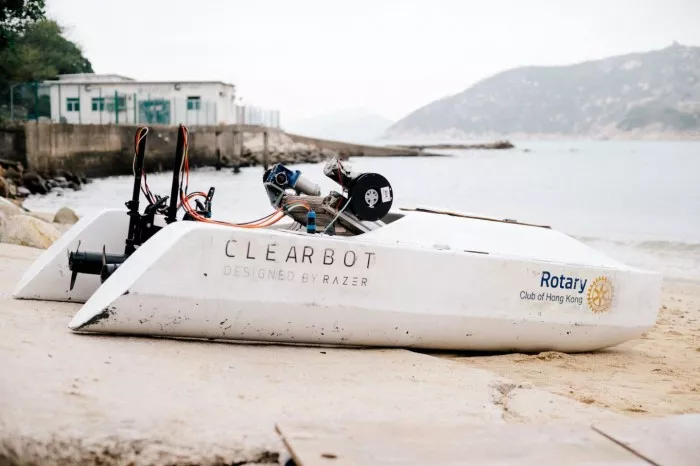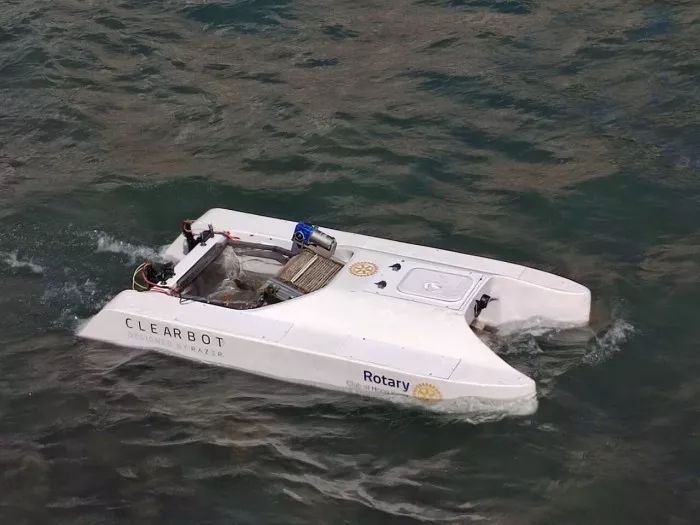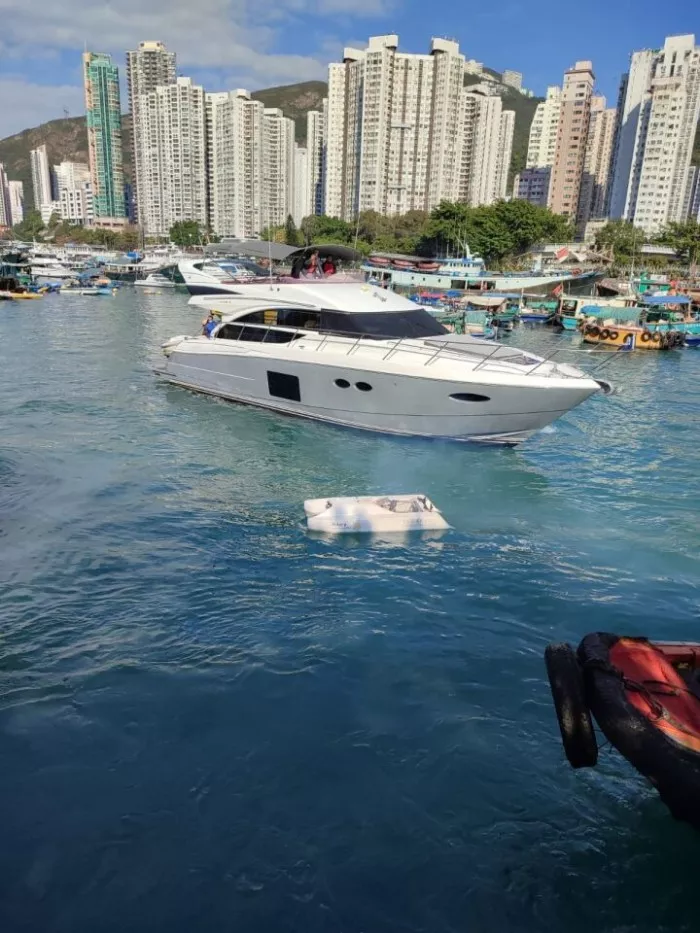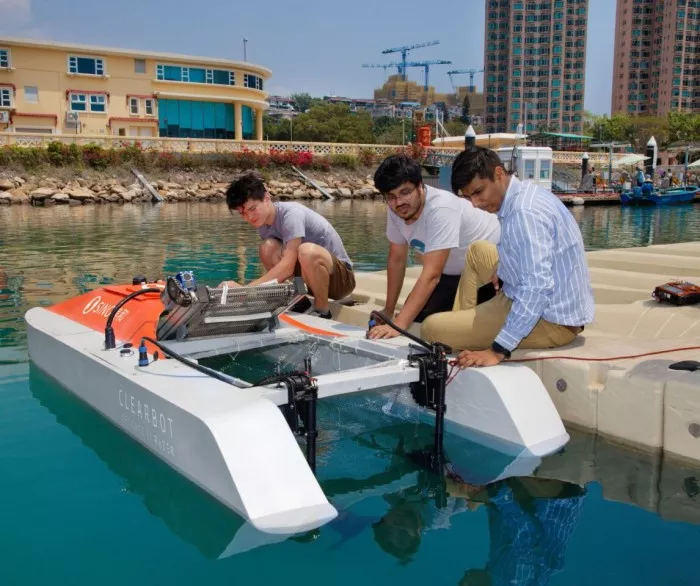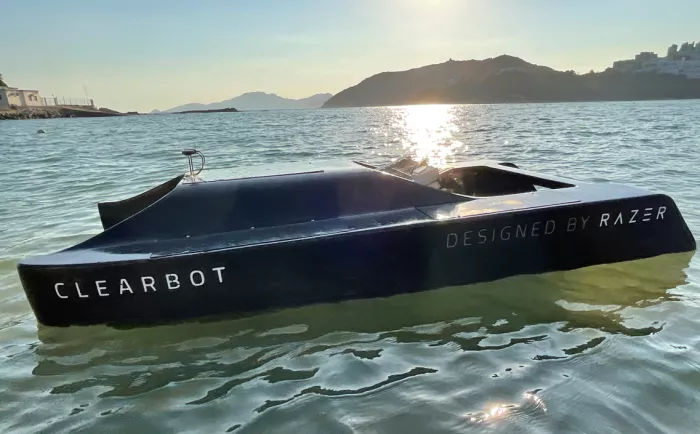As early as November 2020, the start-up company open ocean engineering launched an independent garbage collector to clean up plastic waste in ports, lakes and canals. After a thorough redesign in cooperation with game giant Razer last year, a more fashionable clearbot has now begun patrolling the waters of Hong Kong, China**
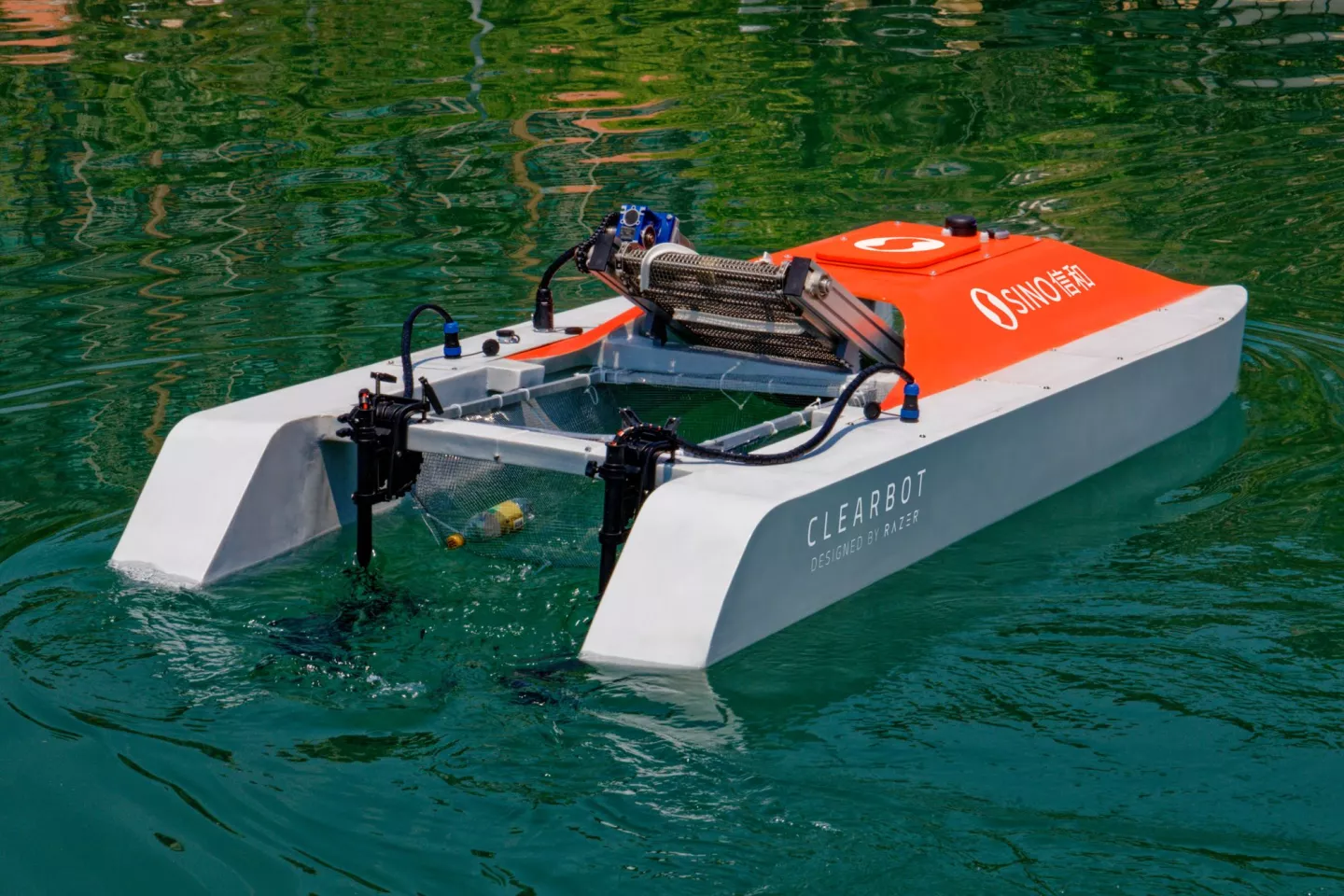
As we all know, plastic waste is a huge problem -- it has an impact not only on the whole environment, but also on our health. Just recently, global leaders from 175 countries signed a resolution aimed at addressing the root causes of the problem.
At the same time, there are many efforts at work, trying to remove the existing garbage. When seeing local workers manually remove garbage from the waters around Bali in small boats, sidhant Gupta and utkarsh goel began to think about how to automate this labor-intensive task.
After graduating from the University of Hong Kong in 2019, the two began to study a robotic boat designed to remove plastic waste floating on local waterways. A basic aluminum prototype was followed by a fiberglass version, which was due to the game hardware brand [Razer] in June last year( ?site_id=242986&euid=&t=https://razer.jd.com/ ) In cooperation, the start-up company began to study a smoother design.
The robotic ocean garbage collector is 3 meters (9.8 feet) long and 1.3 meters (4.2 feet) wide. It can be remotely controlled or operated autonomously - it can move up and down in a predetermined area like a floating Roomba, thanks to an electric propulsion system with four hour batteries and lidar obstacle avoidance. The battery pack can also charge the docking station through an optional solar energy to further reduce the impact on the environment.
Either way, clearbot will pick up the floating object and send it to the conveyor belt on the ship and the receiving box at the stern. Its collection capacity is 200 kg (about 440 pounds).
An artificial intelligence camera system is used to identify garbage and take pictures of each piece of plastic garbage entering the conveyor belt. The images were tagged with GPS and saved in the company's hosting at Microsoft In the database on Azure Platform for subsequent analysis.
Open ocean engineering believes that each clearbot may drag away a ton of garbage every day. If a customized fence is installed, it can even help curb the oil spill.
So far, the data collected in the clean-up operation in Hong Kong - including location, size, type of waste and the weight of scooped waste - show that less than half of the recycled marine plastics can continue to be recycled, but this information can help the marine authorities stop the wave of plastic pollution from the source.
Sidhant Gupta said in a press statement: "we are discovering how this garbage first enters the water. It adds a lot of transparency to the ocean cleaning process. We produce data on what actually exists in the water, what is the composition of what is there, how much of it is recyclable, and what materials we should focus on."
Recently, Hong Kong Rotary club tried the latest clearbot ship and began to remove floating garbage from the local yacht wharf for a real estate company called Xinhe group. At the same time, it has also become a practical test platform for the project.
Open ocean engineering is now seeking to expand its business beyond Hong Kong, and several overseas companies are already interested in it.

